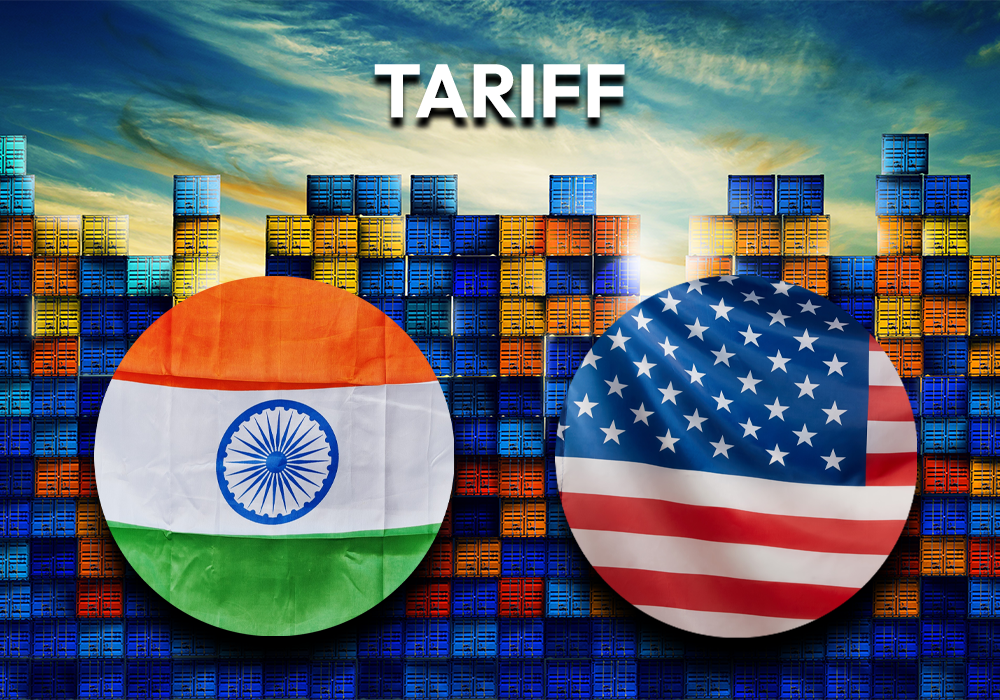

The trade battleground is heating up as US President Donald Trump announces reciprocal as well as a bout of tariff on ‘Liberation Day,’ and India has found herself at the centre of a high-stakes of the sparking trade war. The United States slapped with a 26 per cent tariff on Indian goods, and it seems the brunt is going to be strongest for gems and jewellery along with electronics product export. Is India’s aluminium industry bracing for impact, too? It shouldn’t, at least not yet, as the auto and auto parts have been exempted from the latest tariff announcements apart from the original 25 per cent slab.

Alongside, amid the chaos, does India have an overall upper hand? Let’s find out.
The US has been steadily tightening its tariff grip, as certain Indian goods already face a 25 per cent duty — on steel, aluminium, and auto exports. Now, a sweeping 26 per cent tariff is set to hit most other products from April 9 post a baseline tariff of 10 per cent between April 5-8. Apart from India, over 60 countries are affected by the measures. When compared with some of India’s Asian competitors, China (34 per cent), Vietnam (46 per cent), and Bangladesh (37 per cent), India’s position, though challenging, remains relatively favourable.
The tariff hike could shake up an industry that’s been a strong global contender like the Indian aluminium sector, which exported around 40 per cent of its domestic production in 2024 and is expected to feel the pinch harder than steel. The US accounts for 6-8 per cent of India’s total aluminium exports.
“While the impact of the tariff hike on aluminium manufacturers is anticipated to surpass steel, India stands to gain from being one of the lowest-cost aluminium producers, owing to the availability of high-quality bauxite reserves,” said Hitesh Avachat, associate director at CareEdge Ratings.
India’s aluminium advantage stems from its rich bauxite reserves, making it one of the most cost-competitive global producers. This could help cushion the blow of the tariff increase, especially as the US remains heavily reliant on aluminium imports, with about 75 per cent of its apparent supply being met through global trade.
The US move to impose a flat 25 per cent tariff on aluminium imports from March 2025 is poised to hurt India’s primary aluminium manufacturers.
 Events
Events
 e-Magazines
e-Magazines
 Reports
Reports



Responses






